The Science and Magic of Bubble Water inside a Hand-Held Bubble Wand
Bubble wands are delightful toys that have fascinated people of all ages for generations. These handheld devices create beautiful, iridescent bubbles that shimmer in the sunlight and capture the imagination of both children and adults. But have you ever wondered what is really happening inside the bubble wand? What is the secret behind the formation of those mesmerizing bubbles?
Understanding the Chemistry of Bubble Water:
The main ingredient in bubble water is a soapy solution. When soap comes into contact with water, it reduces the surface tension of the water molecules, making it easier for them to spread out and form a thin film on the surface of the bubble wand. This thin film is what ultimately creates the structure of the bubble.
Soap molecules have a unique structure that allows them to interact with both water and air. Each soap molecule consists of a hydrophilic (water-loving) region and a hydrophobic (water-repelling) region. The hydrophilic end of the soap molecule is attracted to the water molecules, while the hydrophobic end is repelled by them. When soap is added to water, it forms a layer on the surface of the water, with the hydrophilic ends facing the water and the hydrophobic ends pointing upwards, away from the water.
The formation of bubbles begins when the bubble wand is dipped into the soapy solution. As the wand is lifted, it collects a thin film of the soapy solution on its surface. This film consists of soap molecules arranged in a single layer. The wand acts as a barrier, holding the soap film in place.
The Shape of a Bubble:
When the bubble wand is blown, the air is introduced into the soapy film through the wand's opening. As the air fills the film, it pushes against the soap molecules and expands the film into a spherical shape. This happens because a sphere has the smallest surface area for a given volume, making it the most efficient shape for a bubble.
The soap molecules in the film play a vital role in maintaining the bubble's integrity. The hydrophilic ends of the soap molecules are attracted to the water molecules in the film, while the hydrophobic ends are repelled by them. This creates a dynamic balance between the forces of attraction and repulsion, resulting in a stable and flexible bubble.
The Surface of a Bubble:
The surface of a bubble is a thin layer of water sandwiched between two layers of soap molecules. The soap molecules at the surface of the bubble form a thin skin that allows the bubble to retain its shape. This skin provides a barrier that holds the air inside the bubble.
The soap molecules in the bubble's skin are arranged in a way that minimizes their contact with the air outside the bubble. This arrangement reduces the evaporation of water from the bubble and helps to maintain its size and stability.
The Colors of a Bubble:
One of the most enchanting aspects of bubbles is the display of vibrant colors that swirl and shimmer on their surface. These colors are a result of thin-film interference, a phenomenon that occurs when light waves interact with the soap film.
When light waves strike the soap film, some of the waves are reflected from the outer surface of the film, while others pass through and are reflected from the inner surface. These reflected waves interfere with each other, either reinforcing or canceling each other out. The colors we see on the bubble are a result of this interference pattern.
The thickness of the soap film determines the colors we observe. Thicker films produce colors closer to the longer wavelengths of light, such as reds and oranges. Thinner films produce colors closer to the shorter wavelengths, such as blues and greens. As the bubble expands and thins, the colors change and shift, creating a mesmerizing display.
The Lifespan of a Bubble:
Bubbles, unfortunately, have a short lifespan. Several factors contribute to their evanescence. Firstly, evaporation gradually causes the water in the bubble to escape into the surrounding air. This leads to a thinning of the soap film, causing it to become unstable and eventually burst.
Secondly, the soap molecules in the film are constantly under the influence of gravity, which tends to pull them downwards. As a result, the bottom of a bubble becomes thinner, weaker, and more prone to bursting compared to the top.
Lastly, external factors such as wind, temperature, and humidity can significantly affect the lifespan of a bubble. Wind can accelerate the evaporation of water, causing the bubble to pop more quickly. Similarly, excessive heat or dry conditions can also cause the water to evaporate
Hot Products
-

Quality Bubble Water Toys Colorful Bubble Wands
-

Long Bubble Wand Colorful Bubble Water Kid's Toys
-

100pcs White Love Outdoor Bubble Water Toys Bubble Wand
-

Cheap Bubble Toys Various Colorful Bubble Wands
-
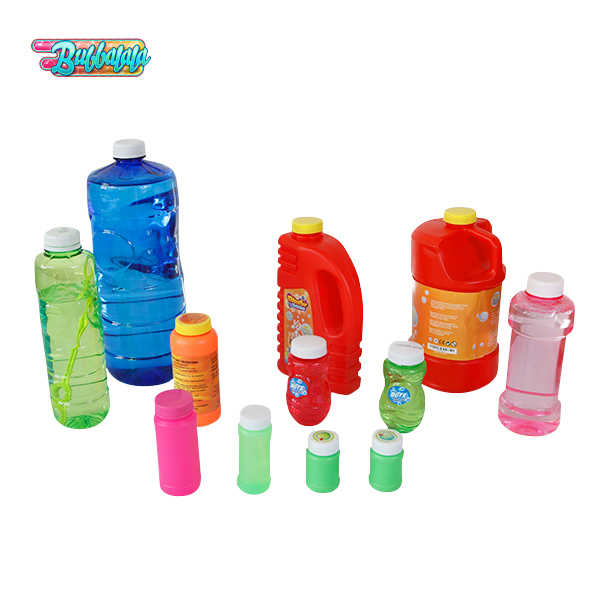
Various Sizes of Bubble Water Replenisher
-
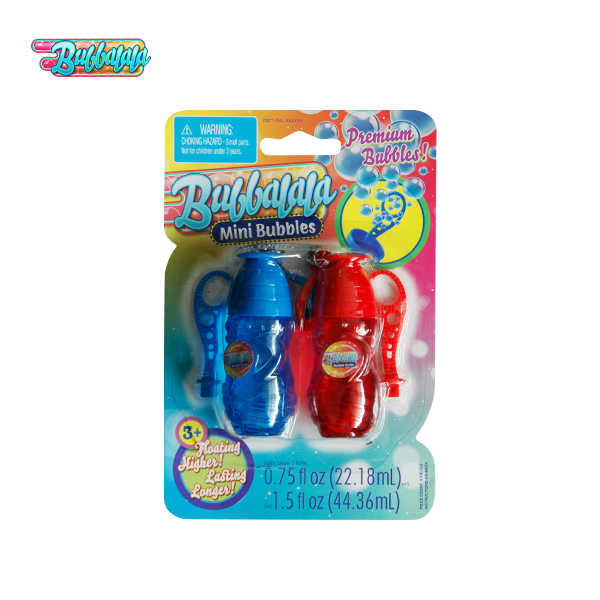
Red And Blue Children's Bubble Water Toys
-
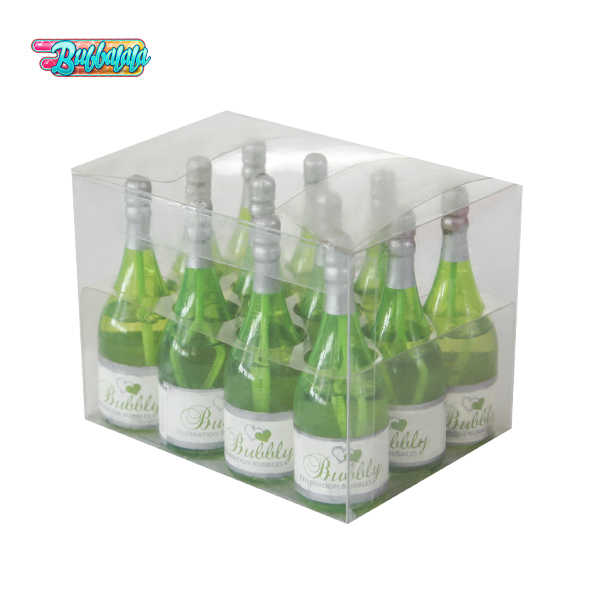
12 Bottles Green Bubble Water Wine Bottle
-
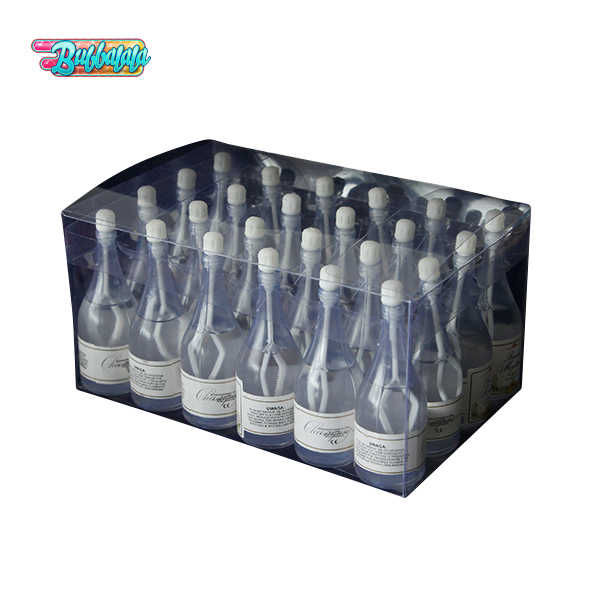
24 Bottles White Bubble Water Wine Bottle
-
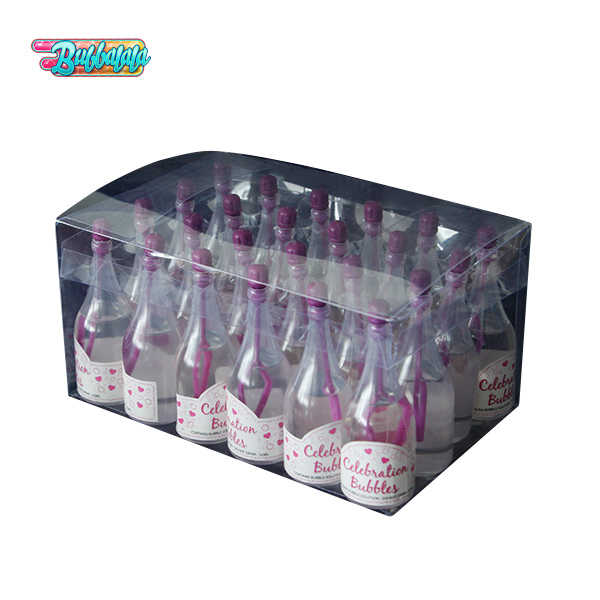
24 Bottles Purple Bubble Water Wine Bottle
-
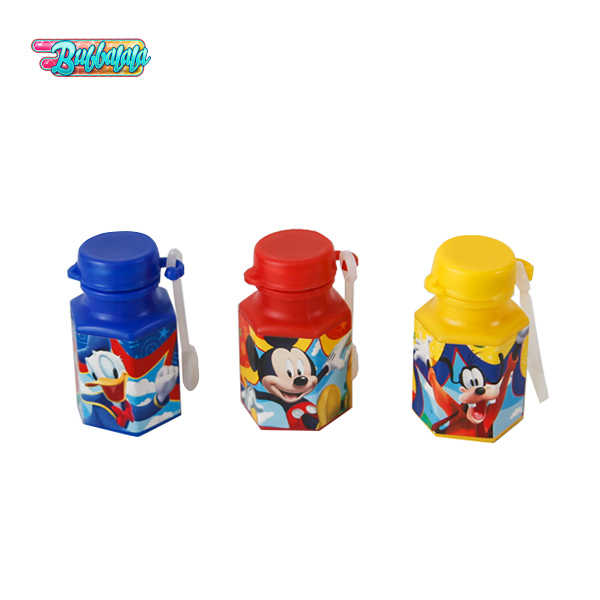
Plastic Bubble Toys Mini Hexagonal Bubble Bottle
-
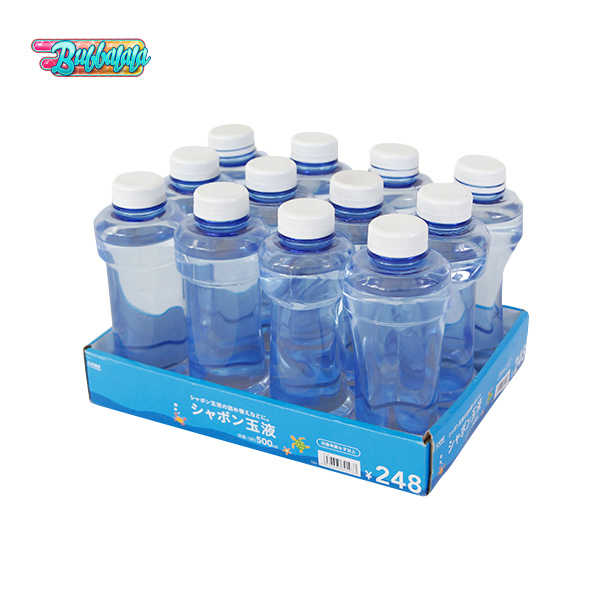
Plastic Transparent Bottle Bubble Water
-

12 Bubble Water Bubble Bottles

 English
English 中文简体
中文简体
